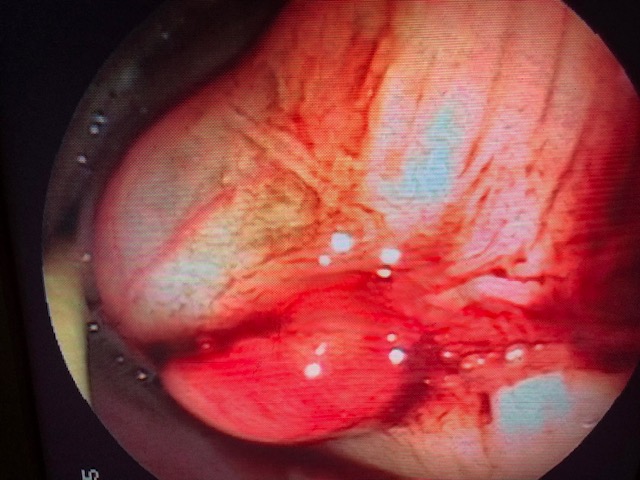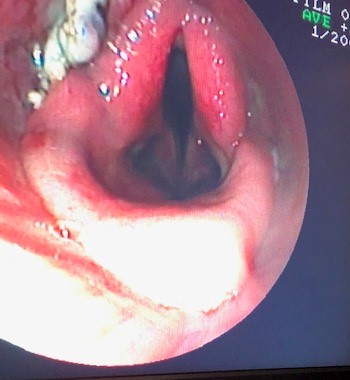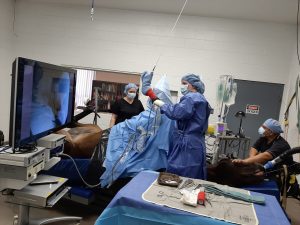Surgery
The Ontario Equine Hospital performs a variety of orthopedic and soft tissue surgical procedures, including arthroscopy, fracture repair, surgery of the upper respiratory tract, hernia repair, and routine and cryptorchid castrations. Our primary equine surgeons have been performing surgeries for over 30 years.Prior To Surgery – Pre-operative Assessment
All surgical procedures involving general anesthesia have an associated element of risk. At the Ontario Equine Hospital, surgical patients undergo extensive evaluation prior to the surgical procedure, including detailed physical examination, pre-operative blood-work, and an assessment of their response to unusual stimuli. The results of these evaluations are used to assess anesthetic candidacy, and address any medical concerns that may arise. Ultimately, the information we gather prior to the equine surgery allows us to minimize the level of risk incurred by the patient.
General Anesthesia
During the surgical procedure, the horse is tended to by an anesthetist, a surgeon, and a team of veterinary technicians and support staff. All members ensure a smooth transition from induction of general anesthesia, to transition of the horse onto the surgical table and into the surgical theatre. Through the course of anesthesia, extensive monitoring equipment allows the anesthetist to track and record the patients’ vitals during the procedure. This allows the anesthetist to tailor the anesthetic protocol for optimal health of the patient.
Recovery from General Anesthesia
A smooth recovery is the ultimate goal following every surgical procedure. Prior to recovery, the limbs of the horse are bandaged for additional protection, and the head is padded. All recoveries are assisted, where a person is present in the room with the horse throughout the duration of the recovery process. The process is supervised by the attending large animal anesthetist to ensure the horse stands and is stable. A head and tail-rope system is used for additional support. All of these measures enable us to minimize risk to the patient, and facilitate a smooth recovery process.
Aftercare – Treatment and Monitoring
All surgical patients undergo a detailed physical examination with extensive monitoring daily by our veterinarians, Registered Veterinary Technicians, and support staff. During hospitalization, prescribed medications are administered and bandage changes are carried out as necessary. We ensure that all discharge instructions are conveyed clearly to our clients, and encourage clients to ask any questions they may have with respect to the aftercare of their horse. Shortly following the surgical procedure a report is provided for the client outlining the details of the surgical procedure, prognosis, and any additional information with respect to the individual patient.
DiodeVET Laser Surgery
We also offer Laser surgery which is excellent for upper respiratory procedures. Benefits: Reduced bleeding: DiodeVET cauterizes and seals blood vessels Reduced Infection: Laser energy acts as a antimicrobial/anti-bacterial agent by producing elevated temperatures Reduced Pain: Laser seals nerves as it incises through tissue. Pain is reduced both during and after surgery. Reduced Swelling: Post operative inflammation is reduced The images shown (right) are taken from a newborn foal that presented with difficulty breathing, a mass was discovered endoscopically occluding the airway. DiodeVET Laser was used to excise the mass successfully.





